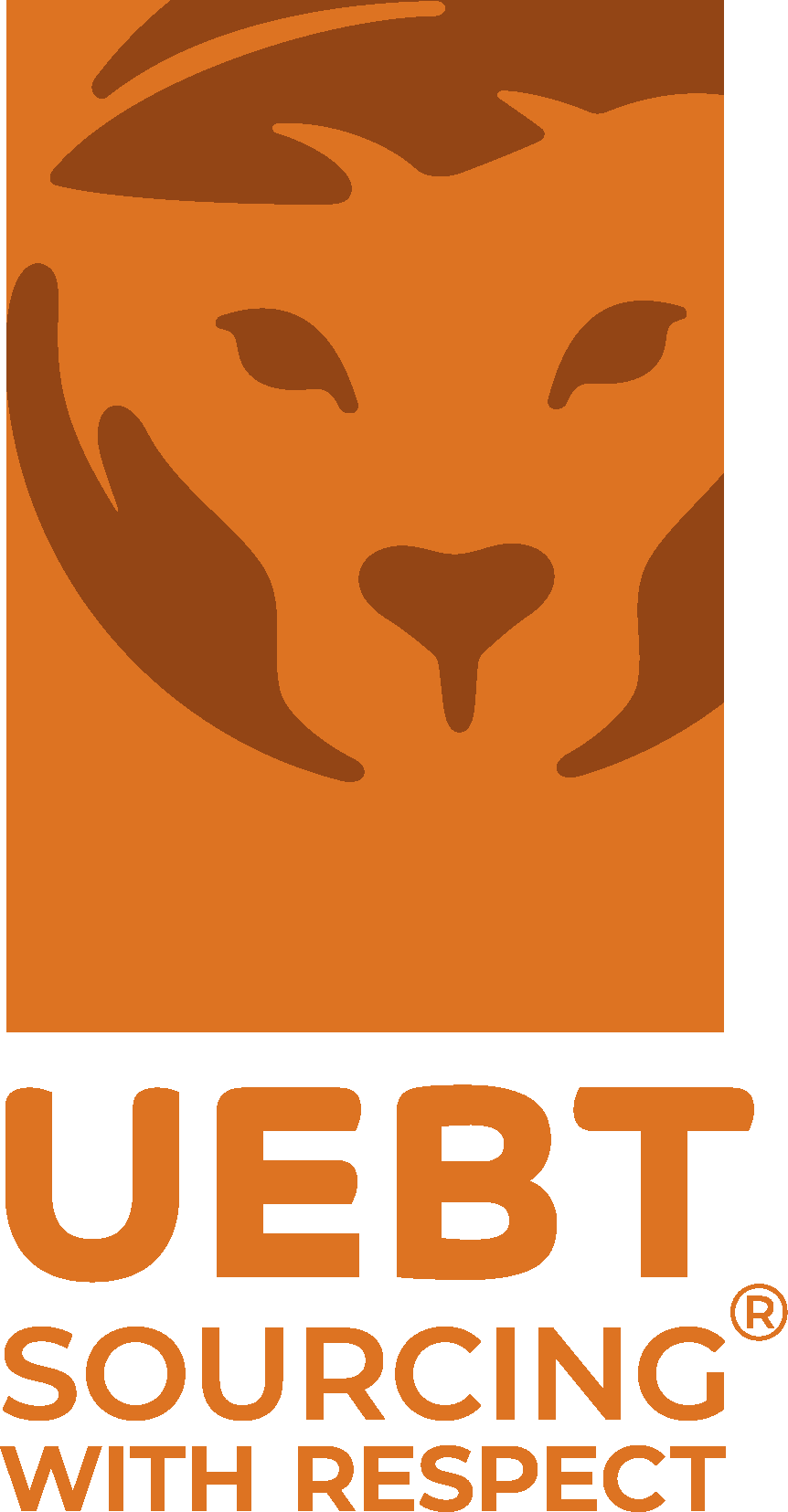Iris
Nature’s Patient Treasure
Iris plantation ©Toscana Giaggiolo
The iris flower, with its delicate petals and vibrant scent, has captivated civilizations for centuries and has been a prominent ingredient in perfumes since the Renaissance.
The word "iris" comes from the Greek word for "rainbow," symbolizing the rich array of the flower’s colors. However, its true value does not lie in its petals, but underground. Its rhizomes—the underground stems—yield one of the most coveted ingredients in perfumery.
Beyond fragrance, iris extracts are also valued in cosmetics for their skin-soothing properties and in traditional medicine for their healing benefits for respiratory ailments, and anti-inflammatory treatments.
Iris thrives in well-drained soils and temperate climates, with Italy, France, and Morocco among the leading countries for its cultivation. The process is meticulous and time-intensive, requiring patience and expertise.
Iris harvesting, ©Toscana Giaggiolo
Among the vast iris family, which includes over 2,000 species, only two are highly valued in the perfume industry: Iris pallida that is recognizable with its pale blue to light violet petals and Iris germanica that has deeper purple or white flowers. Both species, native to Central Europe, undergo a lengthy cultivation process.
Iris bulb cutting, ©Toscana Giaggiolo
Growers plant cuttings by hand in mid-September, but the first harvest doesn’t take place until three years later, from mid-July to mid-September. Using mostly manual and traditional methods, the plant is removed from the ground and processed immediately, with the rhizomes being separated from the shoots. Once harvested, the rhizomes undergo a sun-drying and aging process, lasting up to three additional years, in order to fully develop their aroma. The resulting iris concrete, a rich, waxy substance, is further refined into iris butter or absolute, used in high-end skincare and fine fragrance.
Despite its value, iris cultivation faces challenges. The slow maturation and labor-intensive extraction process make it one of the most expensive natural ingredients on the market. Additionally, climate change and land-use pressures threaten production. To address these challenges, growers are adopting organic and regenerative farming techniques, including crop rotation, to ensure ethical sourcing while preserving biodiversity.
One of the key players in iris cultivation is Cooperativa Toscana Giaggiolo, a UEBT member and certificate holder. It is a cooperative based in Tuscany and founded in 1978 that brings together more than 200 producers dedicated to growing Iris pallida exclusively in the Chianti and Valdarno regions.
Toscana Giaggiolo processing plant, ©Toscana Giaggiolo
For over four decades, the cooperative focused solely on producing and exporting dried iris rhizomes. However, like many Southern European agricultural producers, it struggled with the challenge of raw material suppliers receiving limited economic benefits.
Recognizing this challenge, Toscana Giaggiolo, under determined leadership of Rossella Rabatti, embarked on a mission to generate greater value by building its own processing plant. For the first time in its history, Toscana Giaggiolo is no longer a sole producer; but also a refiner of of iris butter.
By controlling the transformation process from the iris concrete to the more refined iris butter, the cooperative captures a greater share of the economic benefits, ensuring better returns for its members and fostering regional economic development.








